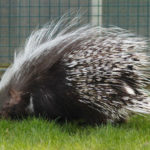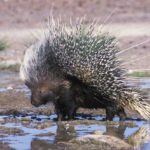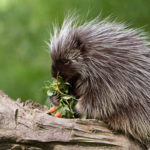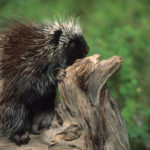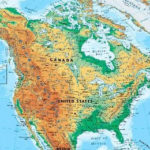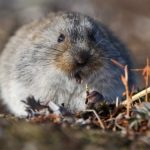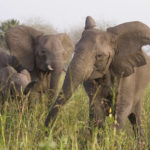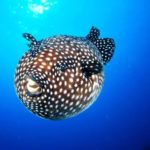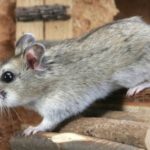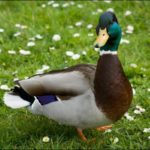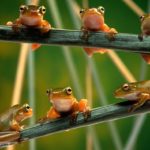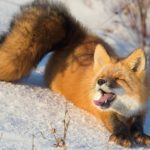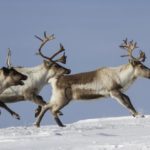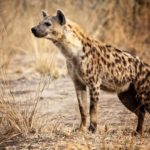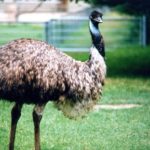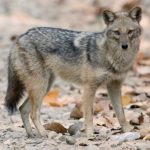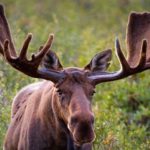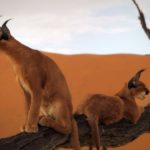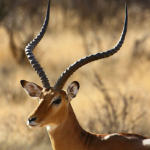Porcupines
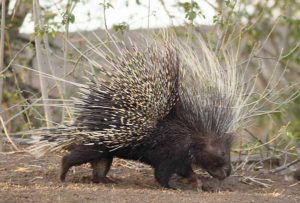 Porcupines are large, slow rodents with sharp needles on their backs. They live on every continent, except for Antarctica. Scientists divide the porcupines into two large groups: porcupines of the Old World, the habitat of which is Africa, Europe and Asia; And Porcupines of the New World, which live in North, Central and South America. In the lands of North America and Canada there is only one species of porcupine – North America.
Porcupines are large, slow rodents with sharp needles on their backs. They live on every continent, except for Antarctica. Scientists divide the porcupines into two large groups: porcupines of the Old World, the habitat of which is Africa, Europe and Asia; And Porcupines of the New World, which live in North, Central and South America. In the lands of North America and Canada there is only one species of porcupine – North America.
All porcupines look very similar. The first thing that catches your eye when you look at the porcupine is the long, sharpened needles covering his body. Some single needles can reach a length of more than 30 centimeters, as, for example, in the African porcupine.
Sharp needles need porcupines for protection. In case of danger, these rodents shake their numerous needles, issuing a crackling warning and frightening predator. If this does not help, then they can rush to attack their abuser. The needles on the porcupine’s body to stay weak and fragile, but he can not throw them. Nevertheless, they are easily detached during an attack and get stuck in the enemy, causing severe pain and inconvenience.
Still, because the needles of this rodent are equipped with a large number of pins and small scales, which makes the process of their removal unusually painful and difficult. If the porcupine loses some of the needles for some reason, then this is far from forever! A little time will pass, and new needles will grow in the same places. According to various data, for a life the porcupine on the average changes some thousand of the needles. And the total number of needles in the North American porcupine is 30,000 or more.
The largest porcupine on the planet is the North American porcupine. It reaches up to 90 centimeters in length. The smallest porcupine is a dwarf porcupine, inhabiting the lands of Brazil, Bahia. In length this porcupine reaches only 38 centimeters. The tails of these rodents also have different lengths, ranging from 20 to 30 centimeters. The weight of the porcupine depends on the species and varies from 1.2 to 35 kilograms.
In general, porcupines are suitable for any relief: deserts, meadows, mountains, tropics, forests. For their holes, porcupines do not hesitate to use everything that will turn up under the paw – from spreading branches and tree roots, to crevices and cracks in the mountains.
Porcupines – night rodents. This means that their activity is at night, and in the daytime they sleep and gain strength. At night they get food.
Social schooling life is not for porcupines. Both groups of porcupines are typical solitary, although porcupines of the New World can be united in flocks. Usually such flocks join the mother and her offspring. Such a family is called a thorn or a thorn.
Porcupines are herbivores. This means that most of them are vegetarians. Many porcupines like to feed on bark and stems of plants and trees. They will not refuse from nuts, tubers, seeds, grass, leaves, fruits and buds of flowers.
Although, as noted above, porcupines do not like meat, they often chew found bones to whet their teeth about them. Of the bones of rodents are important minerals, for example, salt and calcium. From time to time porcupines are tasted by small bugs and lizards.
Depending on the species, the pregnancy of the female porcupine lasts from 16 to 31 weeks. One female gives birth to 1 to 3 cubs at a time. Porcupine pups are usually called porcupines. Newborn porcupines weigh only 3% of adult weight. The needles of porcupines are very soft and brittle, but in just a few days they become hard, like an adult beast. Porcupines grow closer to 2 years and in the wild live up to 15 years.

